
10 Plants For A Beautiful Living Wall
Living walls can change and amp up your dull, greasy or boring walls. No matter the space, big or small, you have plants suitable for all your needs and convenience. Vertical walls and gardens are a huge success nowadays, making them stunning, aesthetic decor pieces for indoors and outdoors.
An interesting fun fact about our favourite gardening technique, the vertical garden!
Did you know that Patrick Blanc is a botanist and the inventor of the Vertical Garden? Way to go vertical greens!
We've been looking at some wonderful topics on living walls and their care guide, tips and ideas. Today, we are bringing some best plants that will instantly beautify your indoor and outdoor walls. Regardless of the number of barren walls you have, these plants are flexible and easy to set up and look after. Without any further we do, let us hop on and learn more about "Adding Color & Texture To Your Living Wall”
How to Create Living Walls
Before we dive into what kinds of plants work best for living walls, we'll cover the basics of living wall structures. Vertical space can be revitalized with the addition of a live wall. Plants including annuals, perennials, herbs, and even edible veggies can create living walls.
Tip: if you want your plants to thrive and flourish together, plant them in the spring.
The best living wall plantings consider the foliage's texture, shape, form, and colour as much as the flowers themselves so that the wall is visually interesting all through the year. Keep in mind that plants need to be less than 50 cm in height to be considered compact, or they need to be able to tolerate regular trimming.

Tip: Use perennials or seasonal bedding if you want plants that will look good all year. Instead, focus on edibles if you need to grow crops in a small area.
Plants for living walls may be limited by the amount of sunshine they receive. If your wall receives less than half a day of sun during the height of summer, you'll want to plant shade-tolerant species. To keep plants healthy and thriving, water them daily during hot weather and at least twice weekly during the summer.
Plants For Living Green Wall
Petunia
Let us begin with one colourful happy family that will decorate your drab walls.
Petunias are easy to grow and can be used to add a splash of pastel colour to a summer landscape or to perk up drab borders. Caring for petunias properly is a breeze. Petunias are a great addition to any garden, and once you know how to grow them, you can plant them wherever.
Petunias need consistent watering and as much sunlight as they can get to produce a good crop. The petunias you plant to form a ground cover are the pickiest about water, so make sure to give them a good soaking once a week.

There are hundreds of petunia varieties available to the gardener, allowing for a wide variety of plant combinations. There are a wide variety of single- and double-flowered options available to decorate your wall with bright colours!
Petunias, of which there are four species and hundreds of cultivars, are a lovely addition to any home garden.
- Multiflora petunias are a dwarf version of the common petunia that blooms with a lot of flowers.
- Milliflora petunias are similar to regular petunias, but they are smaller and more compact, and they bloom more than once.
- Spreading Petunias spread quickly provides a beautiful flowering ground cover and are only around 6 inches (15 cm) tall.
- The most widely grown variety of petunias is the Grandiflora variety. The flowers of this plant are between 3 and 4 inches and may grow upright or cascade over the edge of your container or window box.
Fushia
More than a hundred species of woody shrubs and trees make up the Fuchsia genus, but the common garden fuchsias sold at nurseries and home improvement stores are usually hybrids developed specifically for use in pots.
Fuchsias are considered an easy plant to grow in container gardens, despite being relatively picky about moisture and temperature. The majority of plants like medium to heavy shade. It's too hot and it's too dry, two things they despise. These plants become relatively low-maintenance with the correct humidity levels and watering schedule.

Fuchsias prefer a somewhat damp environment rather than a drenching one. They need a lot of moisture to flourish, so it may be difficult to cultivate them in a dry environment.
- The inner petals of this trailing variety are white, while the outer sepals are vibrant crimson. This is a Swingtime variety.
- Phyllis is a tall, upright cultivar with dark red petals and lighter rose-red sepals.
- Shrubby and erect, the Army Nurse variety bears purple flowers with crimson sepals. It can be grown on the ground or in huge containers.
- Flower colours on the Rapunzel trailing variation range from purple to pinkish white. Sometimes the stems will droop down by two feet.
Nasturtiums
The genus Tropaeolum, which contains nasturtiums, is home to more than 80 different plant species, some of which bloom only once a year and others which are perennials. The blooms of nasturtium plants are typically bright and sold for more than 80 different plant species, some of which bloom only once a year and others that are perennials. The blooms of nasturtium plants are typically bright and bold. The tiny, spherical leaves evoke images of lotus blossoms.
Whether you're looking for bushy plants for borders and edges, trailing plants for living walls and containers, or climbers to offer dramatic height, you can find a nasturtium variety to suit your needs. Because it keeps pests away so well, this plant is often grown in vegetable gardens with broccoli, cabbage, and cauliflower.

A sunny spot is ideal for growing nasturtiums and enjoying their vibrant blooms. Nasturtiums, a type of flower, grow surprisingly well in poor soil as long as it drains well. Overly fertile soil produces lush foliage but few blossoms. Nasturtiums are best watered once a week, but if they are grown in a greenhouse or a sunny vegetable garden, they can be watered more frequently. Some of its species are:
- Canary creeper: When planting a canary creeper, it is recommended that you place it near a fence or trellis so that it can climb. The yellow flowers of this unusual type are shaped like canary wings, making them stand out from others of their kind.
- The "Alaska" series is a colourful heirloom cultivar with variegated foliage and a variety of flower colours. This compact 8–10-inch dwarf shrub is hardy even in poor soil and has a bushy appearance.
Geraniums
There are about 280 different varieties of perennials, succulents, and shrubs in the genus Pelargonium, and they're all known for their ability to repel mosquitoes and provide pleasant aromas. People used to think of Pelargoniums as garden plants, but in recent years, many varieties that can grow indoors have been made.

Geraniums or pelargoniums need to be in a room with no windows and direct sunlight to grow and bloom. Pelargoniums are a timeless, beautiful addition to any house because of their lengthy bloom time, wide diversity, and low maintenance requirements. These plants look great in just about any kind of container, whether it be a store-bought one, something you made yourself, or a hanging basket from your window or in a vertical garden.
Plants in the genus Pelargonium range from small to large, with a wide variety of leaf shapes and, of course, a rainbow of flower hues. Red, orange, white, and pink are the most typical flower colours. Pelargonium plants that have been scented emit a perfume that is both earthy and floral, with hints of citrus and mint.
Some geraniums are:
- There are many names for rose geranium, including "rose-scented geranium," "sweet-scented geranium," and even "traditional rose geranium." The flowers on this plant are soft pink or white, and the leaves are soft and velvety.
- Ivy-leaved geranium, or Pelargonium paltatum, has a trailing habit and resembles zonal geraniums in appearance. It is a great plant for hanging baskets and window boxes.
Vertical Gardening Plants and Other details
Impatiens
Impatiens are one of the most popular plants for shady gardens. Colours range from red and pink to white, orange, and violet, so there's something for everyone.

With their vibrant colours and profusion of blossoms and tolerance for partial shade, impatiens plants are among the most sought-after bedding flowers. Impatiens thrive in partial or full shade and wet, well-drained soil. To get the best results, wait until late spring to plant them. Standard impatiens can be cultivated in a partially sunny setting with sufficient water. Some species are:
- Big Bounce Red
From 16 to 22 inches in height, it blooms with stunning red flowers.
- Fusion Glow
The flowers are a vibrant golden yellow and have orange stamens and throats. The maximum height of the plant is 12–16 inches.
- Infinity Orange
Its flowers, which come in a wide range of colours (including purple, blue, and red), can provide a stunning contrast to those of other types.
Viola
In the Viola genus, which contains over 500 species, you'll find annuals, perennials, and even subshrubs.

Colder temperatures are ideal for a viola's blooming season. The length of time that violas bloom is weather-dependent. In colder regions, they can be planted at the beginning and end of the growing season, while in warmer regions, they can bloom all winter long, making them ideal for bridging the seasons. Sunlight is ideal for violas; nevertheless, they cannot tolerate extreme heat. This is not an issue in the mild springtime weather.
- Viola sororia, or the wild blue violet, is a species of violet that is at home in both forests and suburban lawns.
- Viola cornuta, sometimes called the tufted or horned violet, These trailing perennials reach a maximum height of 10 inches and bear two-toned flowers that are 1 and a half inches in diameter above a rosette of leaves.
Who doesn't like an edible wall?
For an edible wall, you can use almost any plant. Herbs like oregano and thyme, in particular, tend to trail and spill. Additional lushness and richness can be added to the wall with herbs like basil and sage. As the herbs mature and cover the wall, the wall's appearance will shift and improve. Herbs aren't the only greens that work here. Think about vibrant veggies like "Bright Lights" Swiss chard, red beets, and green leaf lettuces.
Two major considerations should be made before building these edible walls. Water and sunlight are needed for these plants. To keep the water from splashing all over the place while watering the herb walls, a sub-irrigation system may be worth looking into. Herbs are an excellent way to spice up your grow wall by adding a range of greens and a pleasant scent. Because of their robust, clean aromas, mint, basil, and parsley come highly recommended.
1. Sage

It may come as a surprise to learn that sage thrives in a confined space, but this makes sense when you take into account its requirements of full sun, adequate drainage, and ample space.
2. Lavender

If you have a very finicky garden, you may want to consider growing lavender on a rock wall. It thrives in warm conditions, which a rock wall may supply in abundance, and prefers full sun and not-so-fertile soil.
3. Strawberry

Strawberries would be a great complement to the other colourful plants on your living wall. I can't believe how tasty that is!
Strawberries, with their sweet, juicy flavour and plump, red look, are a universally liked fruit. Even though they are used in many recipes and consumed by many people, few people grow them at home. Strawberry plants can be grown parallel to the ground if you construct tall towers for them to climb. Locating an appropriate area to cultivate strawberries is the next step after settling on a specific type to cultivate. Strawberries thrive in warm, wind-protected areas with lots of sunshine.
The following are some examples of vertical gardening that can be planted:
- Containers
- Raised Garden Beds
- Hanging Pots
- Green walls
4. Periwinkle
In several regions, people refer to vinca as "periwinkle." A periwinkle, or vinca, thrives in both direct and indirect sunlight. They thrive under normal soil conditions. They're not going to perish in the heat or the drought. Plants of the Vinca genus are typically spaced somewhere between 12 and 15 inches apart. After planting, give them a thorough soaking because they will need more water at first. The annual vinca, which has impatiens-like flowers and foliage, thrives in full sun.

The eye of many species is coloured differently. In case you haven't added vines to your garden in a while, you owe it to yourself to see the wide range of pink, rose, and lilac hues that are currently available. There is no wrong answer; butterflies will enjoy any of them.
5. Wallflower
Named for how it grows in mud-filled crevices in masonry or concrete, the plant is a source of beauty wherever it is allowed to flourish. Their lovely four-petal blossoms can be found in a rainbow of colours, including yellow, orange, red, blue, and purple. Though most wallflowers are shrubs, some species spread out to cover the ground.

Beautiful and aromatic, wallflowers are a wonderful addition to a flower bed, living walls, or even a potted plant. They require little care and are simple to cultivate. Wallflowers do best in full light and in soil that drains well. What a wonderful bouquet to put on your living wall! Their bright, cheerful hue will have your guests in awe.
And that wraps up our 10 plants you can easily use to create your living walls. Read our posts to find out more about vertical gardening and other ways to utilise vertical walls.
On the next occasion, we shall return with yet another riveting topic! Comment down your queries below :)

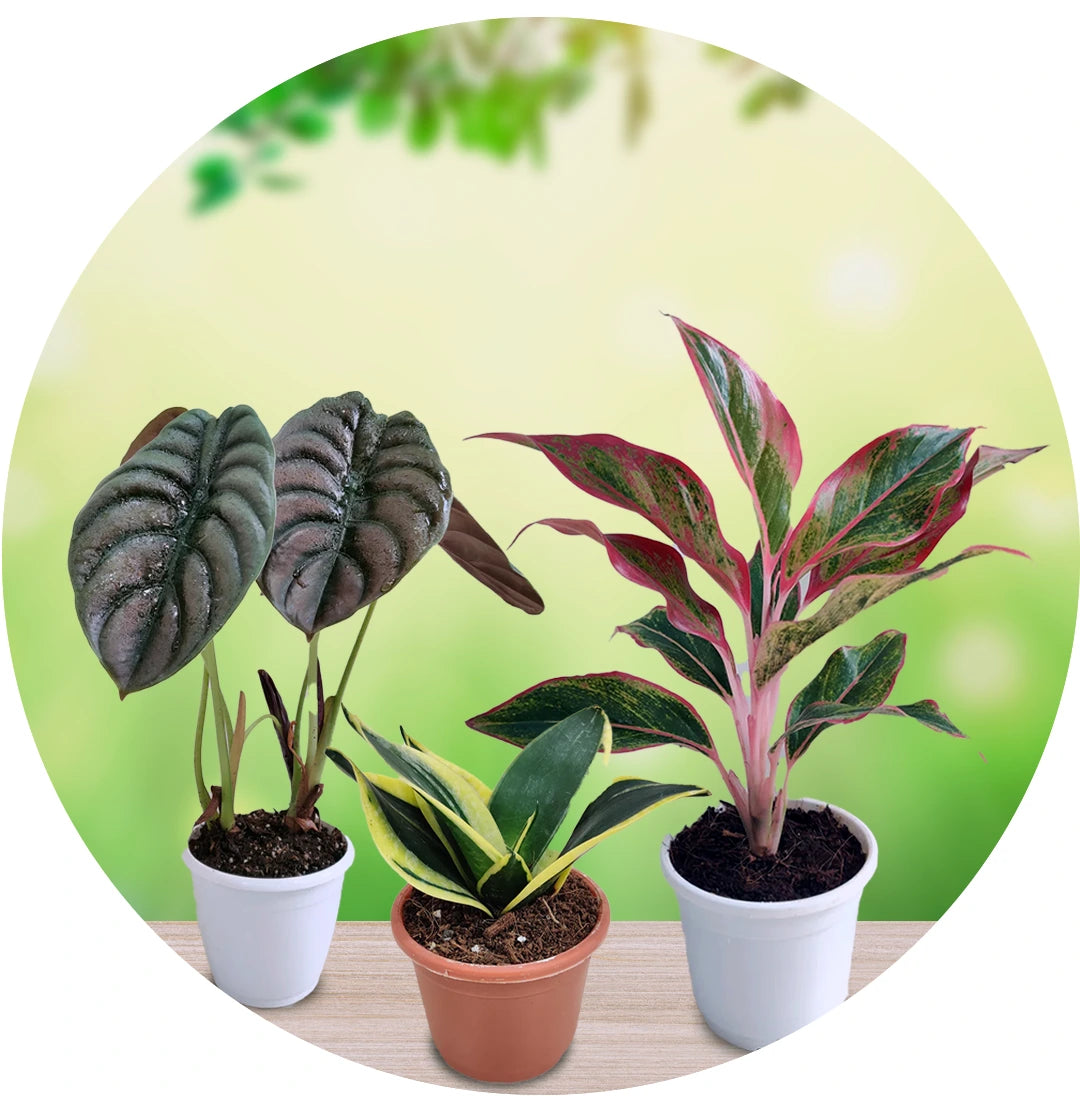
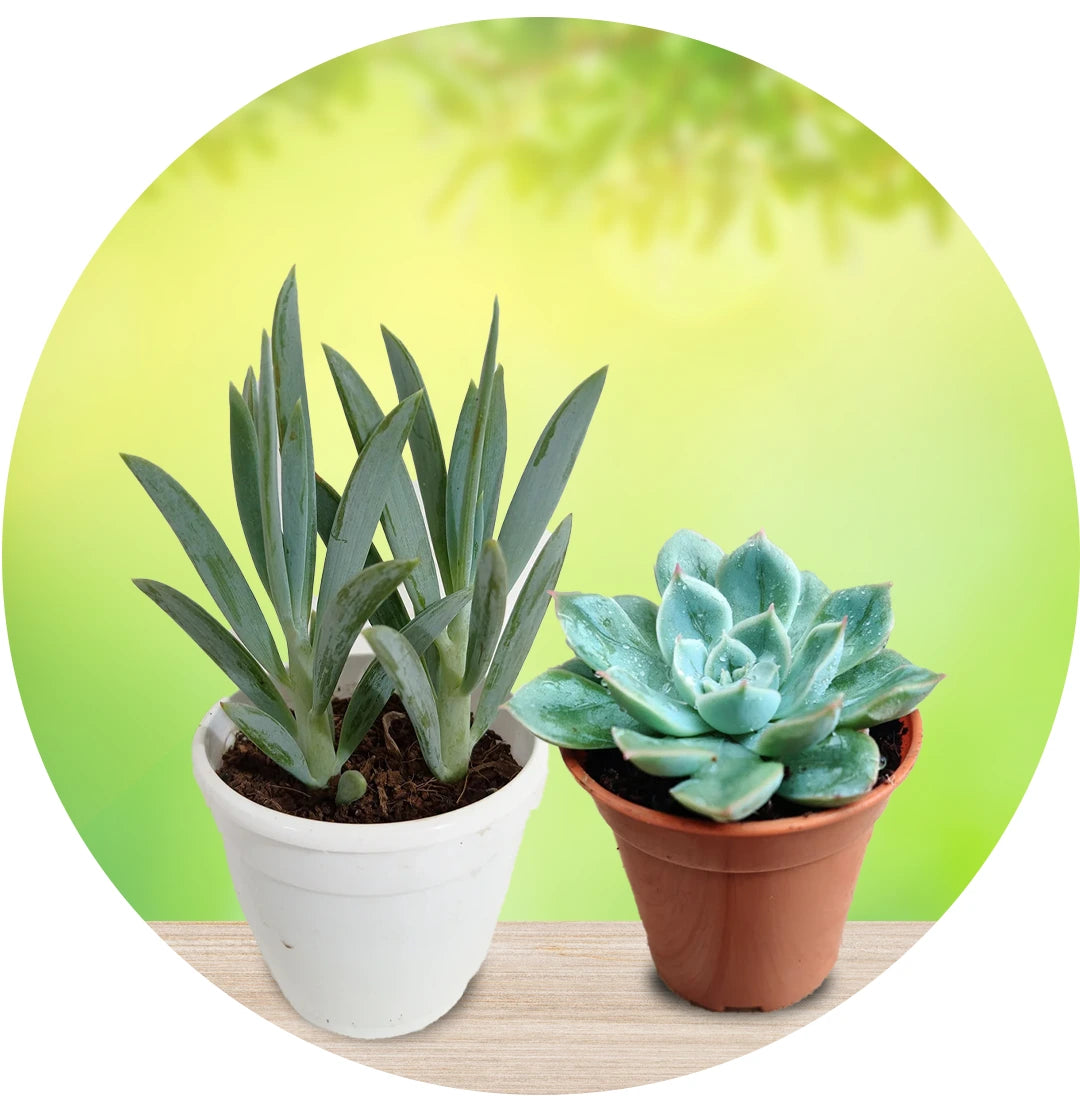
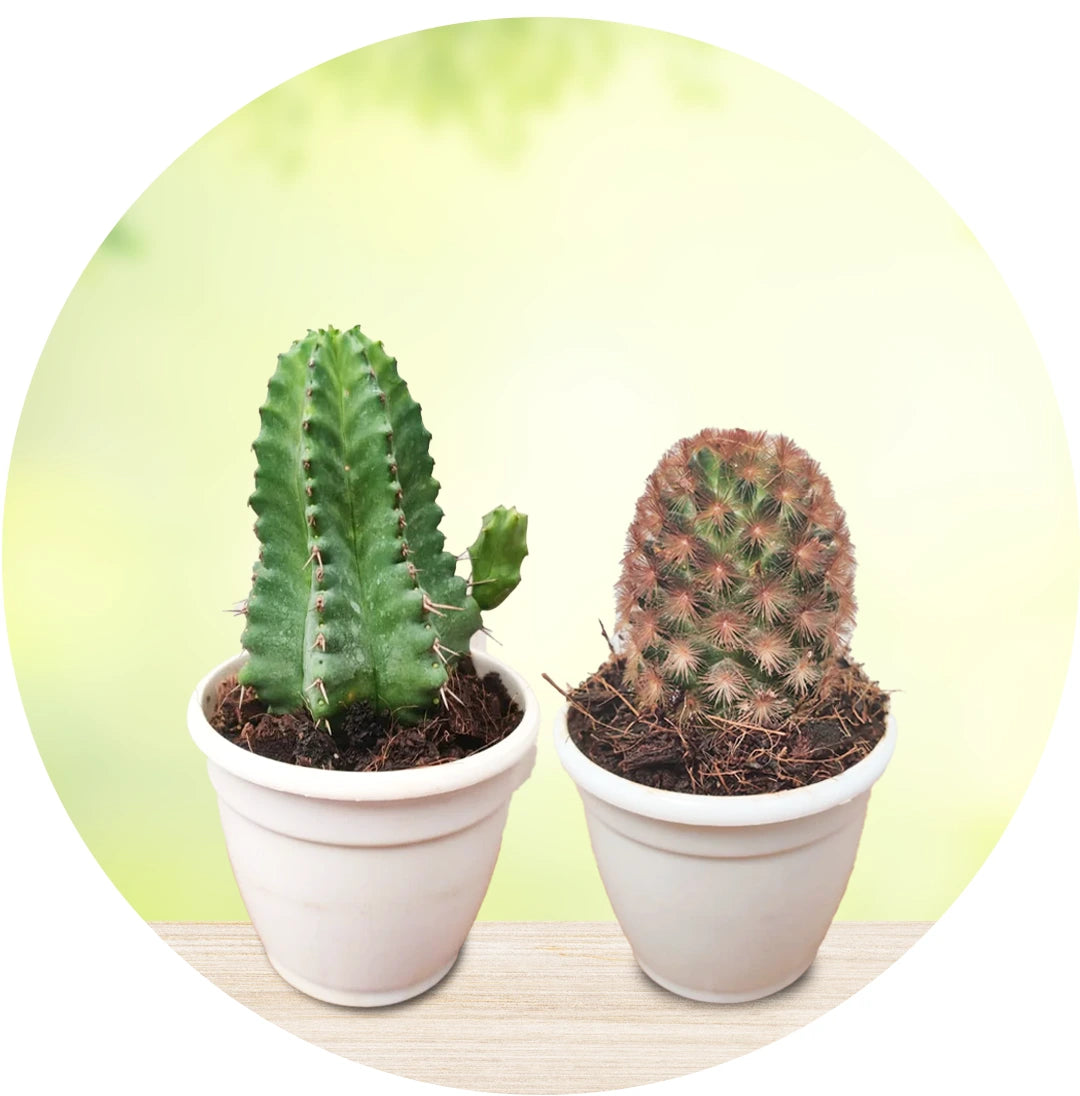
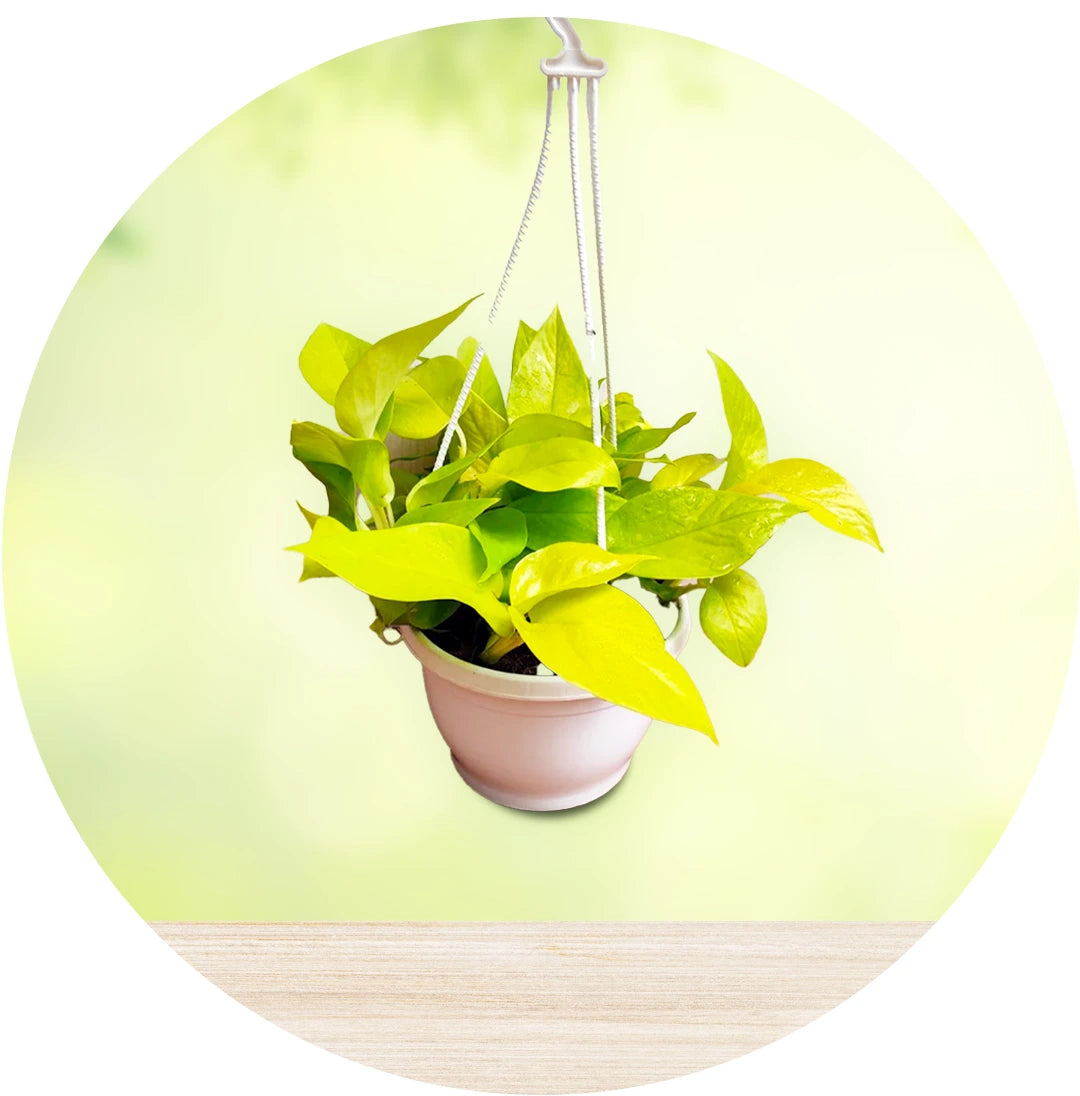
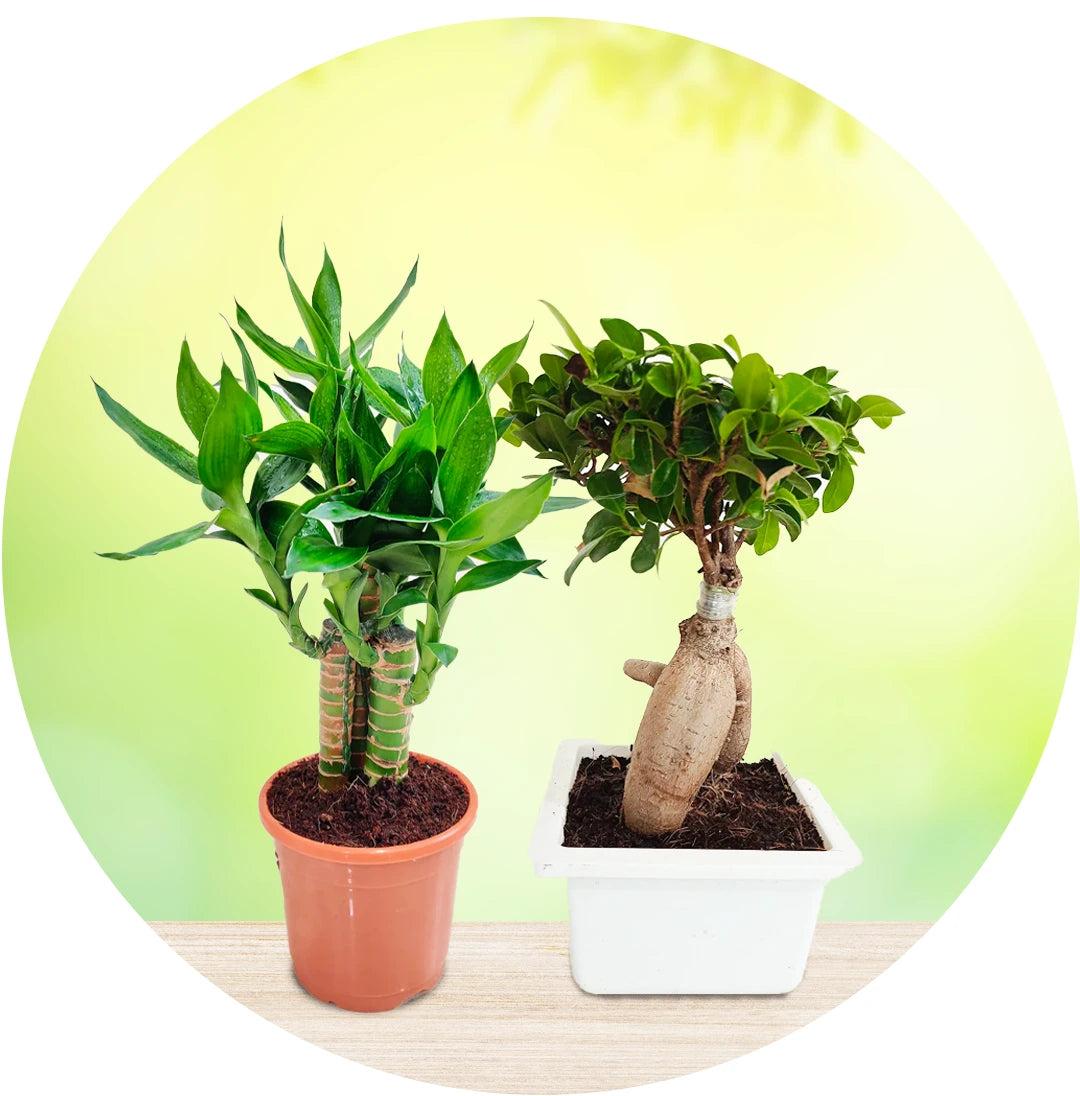
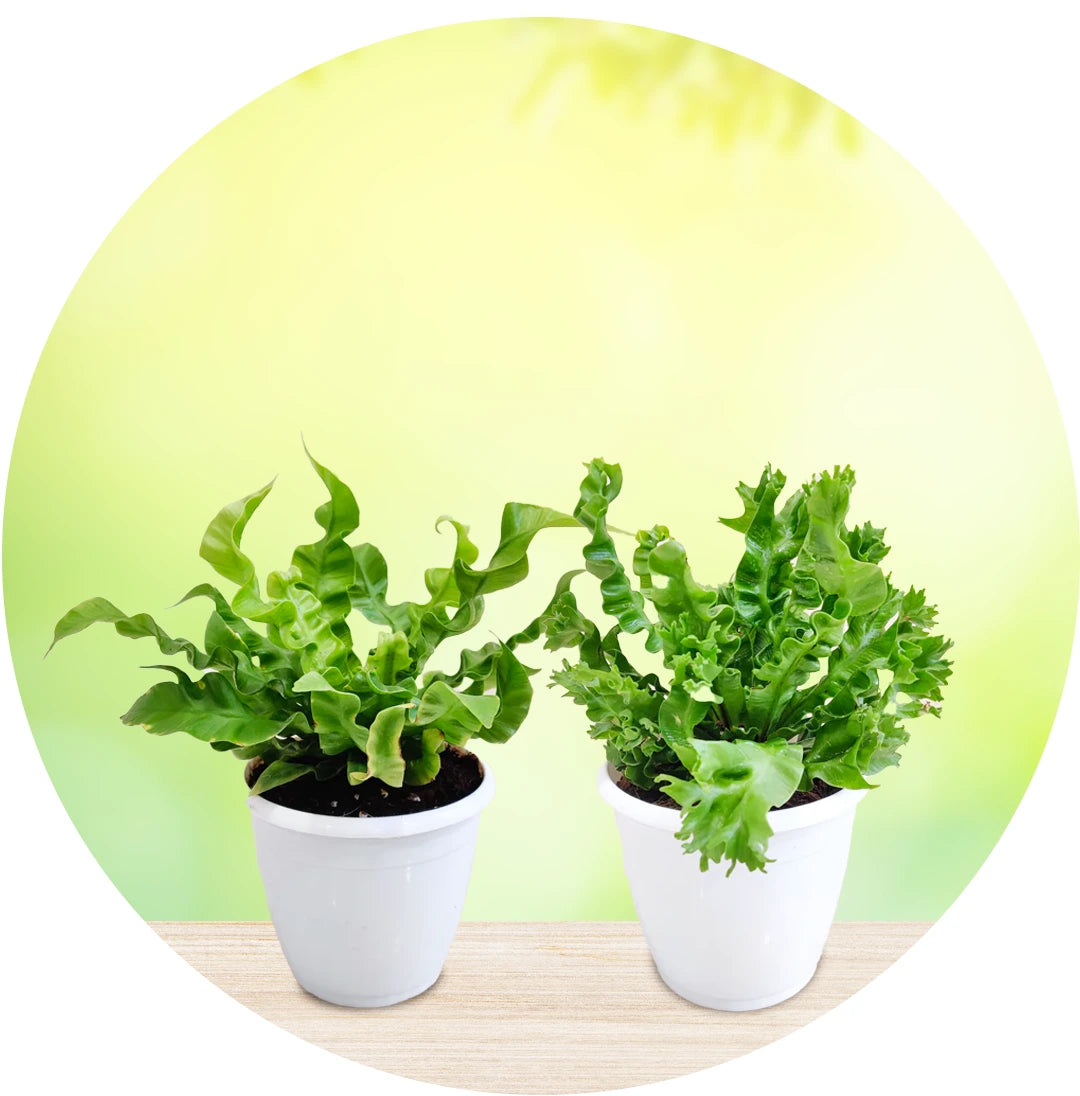
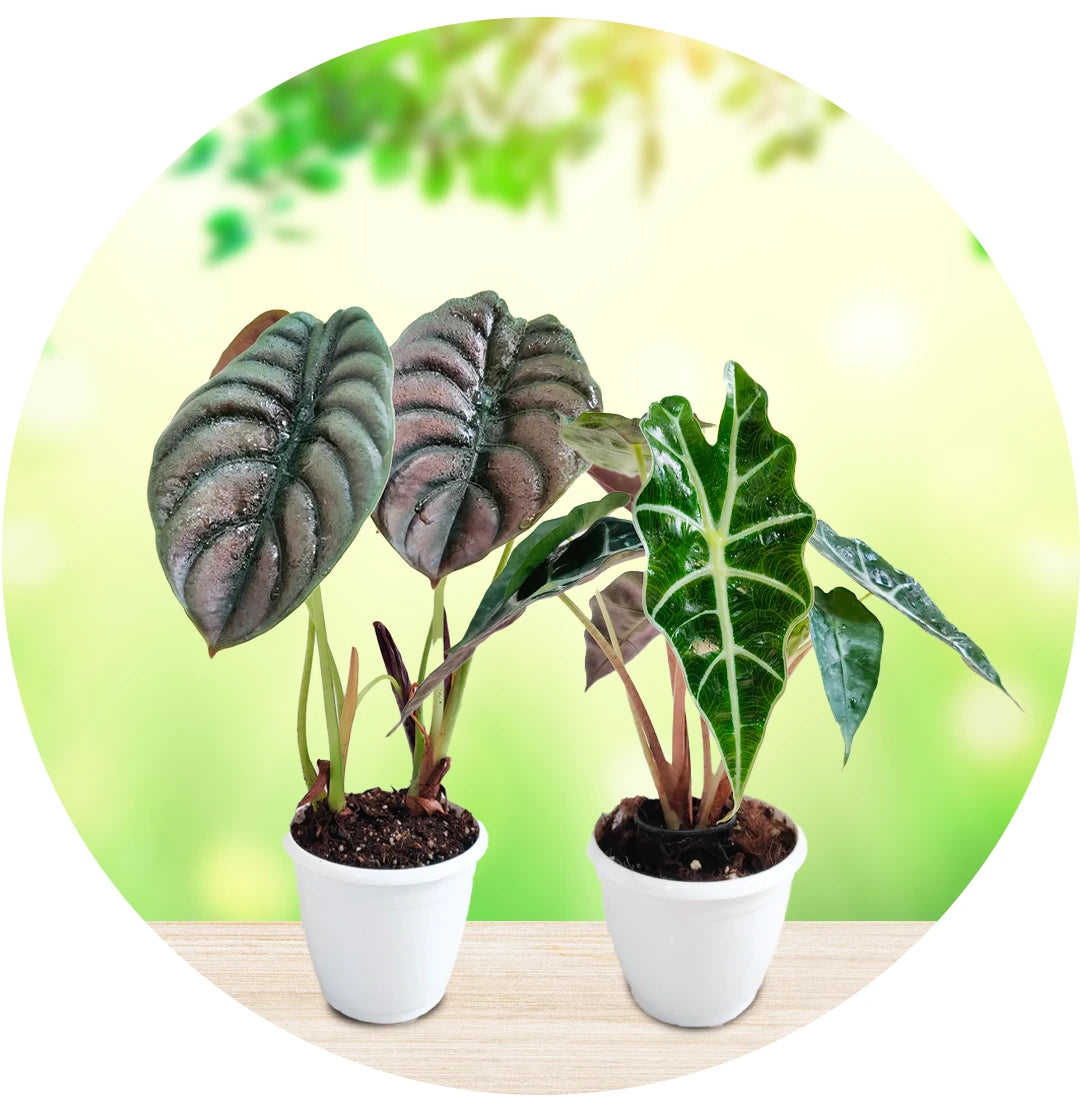
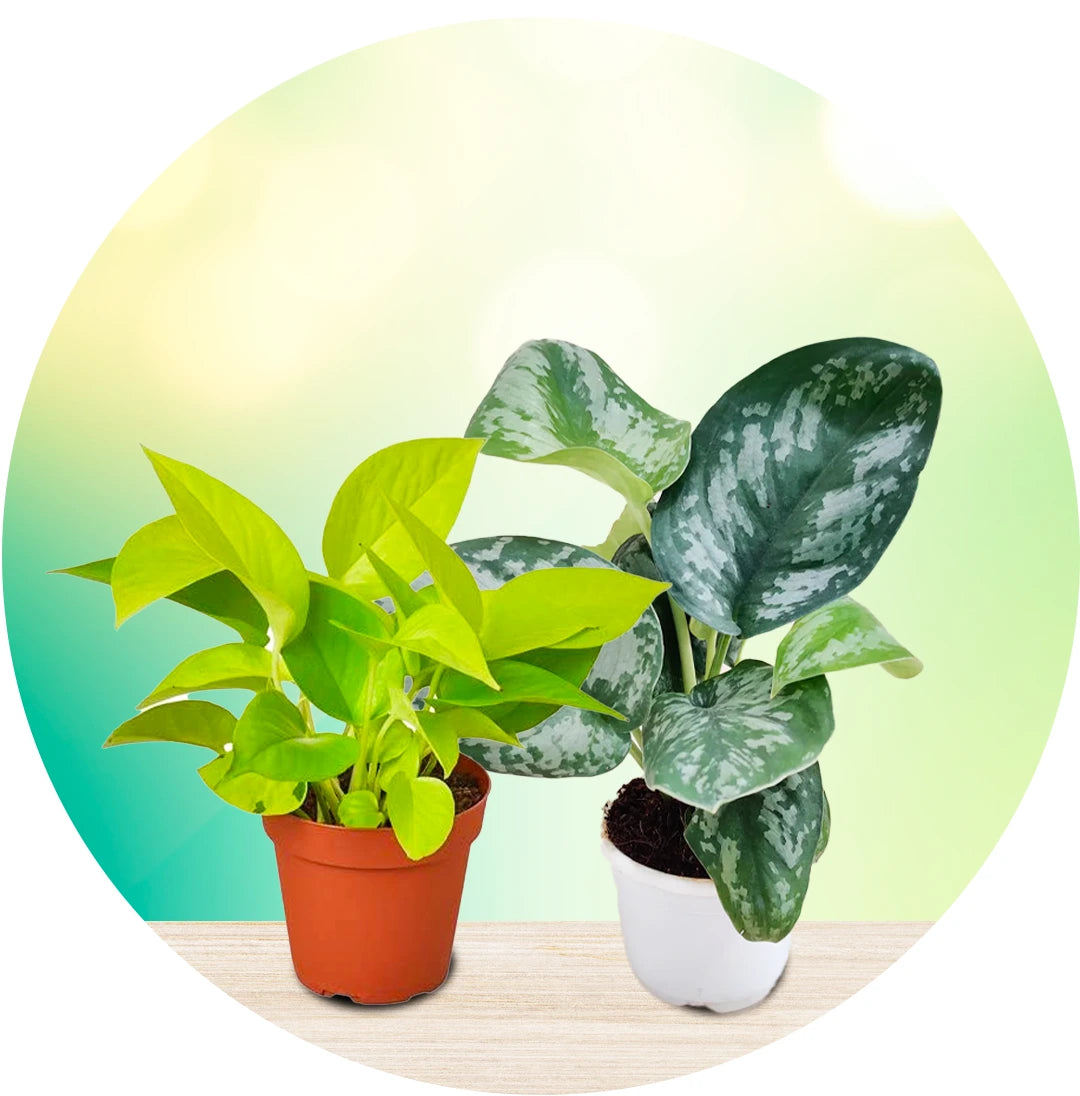
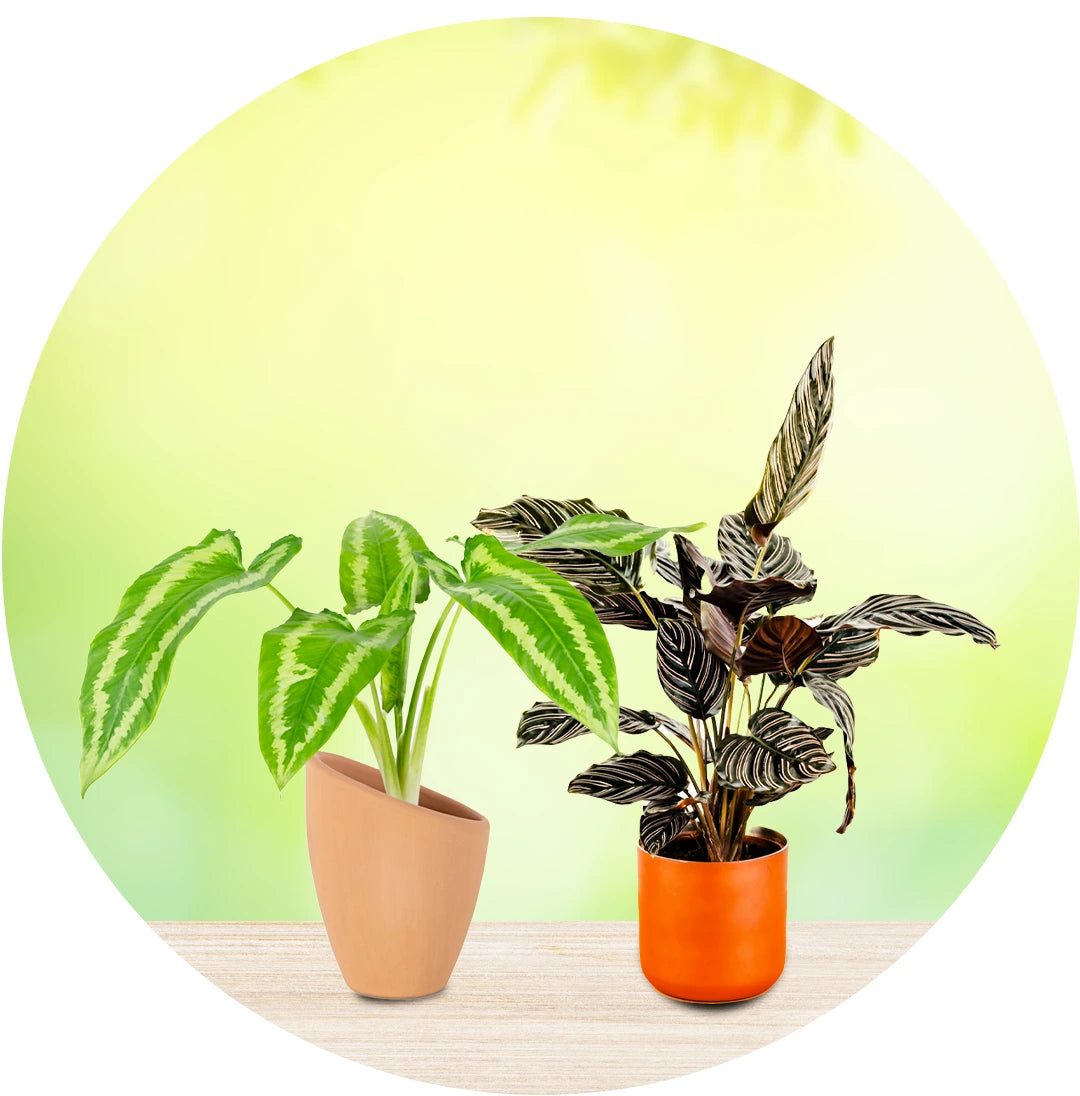
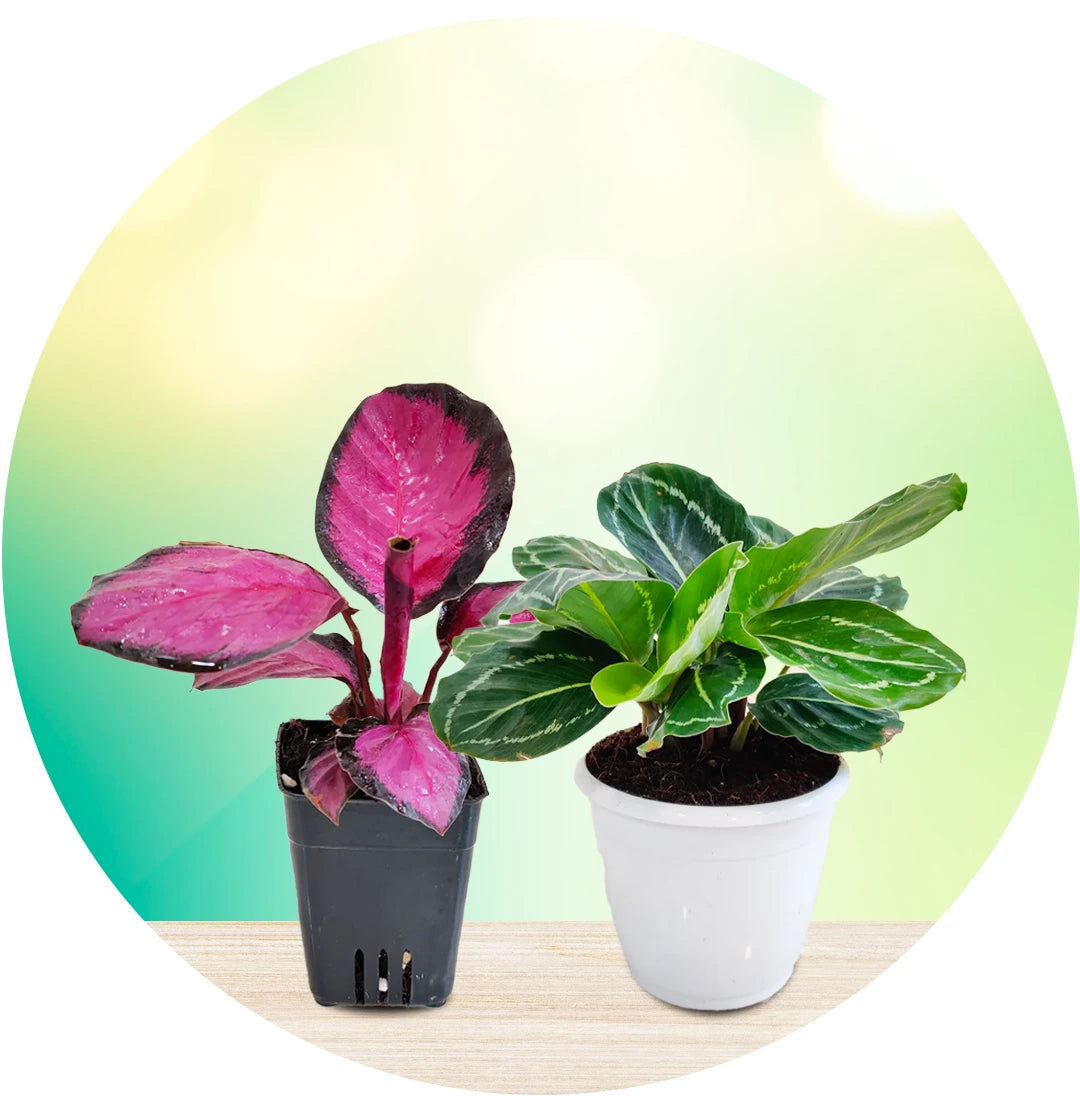
Leave a comment